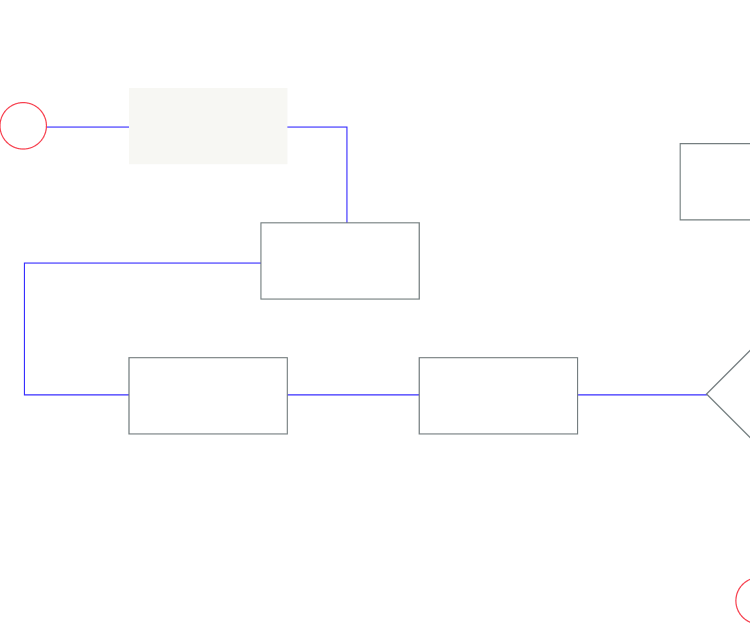- Services Overview
- UX/UI
-
Accessibility Design
Accessibility Design
Accessibility is a fundamental principle of user-centric design. We believe that digital products should be accessible to all users, regardless of their abilities. Our Accessibility Design ensures that your digital experiences are inclusive and cater to a diverse audience.



Key Takeaways
-
We strive to provide equal access to information and services for all users, regardless of disabilities.
-
Accessibility design ensures compliance with accessibility standards and regulations.
-
An inclusive design opens up your product to a broader audience and market.
-
Accessibility such as using descriptive alt text for images, can improve SEO.
Crafting Inclusivity
At the heart of transformative digital platforms lies Accessibility Design. It isn’t merely a checklist or a guideline but an ethos that guarantees usability for all users, no matter the challenges or disabilities they encounter.
Why Does Accessibility Matter?
- Universal Reach: Digital platforms open up a world of possibilities with a global audience. Yet, this vast potential remains to be tapped if a segment of this audience finds it challenging to access.
- Legal Imperatives: Across the globe, regulations mandate digital inclusivity. Bypassing them risks legal repercussions and conveys a disregard for users.
- Business Sense: Every user deterred due to inaccessibility is a lost commercial opportunity. Conversely, an inclusive approach fosters positive engagement and advocacy among users.
- Ethical Considerations: At its essence, Accessibility Design echoes the fundamental principles of social responsibility, championing products and services that are universally inclusive.
Foundations of Accessibility Design
- Human-centric Focus: Each design decision starts with a pivotal query: “Who is this for?” The unequivocal reply? Everyone.
- Future-ready: In an ever-shifting digital landscape, Accessibility Design ensures businesses stay relevant and anticipates users’ changing needs.
- Brand Resonance: Beyond functionality, it enhances brand image, reflecting genuine care and responsibility.
Benefits Across The Board
Accessibility Design is not just a moral imperative but a strategic one. By considering all users’ diverse needs, businesses unlock many advantages, and users are gifted a seamless digital experience.
For businesses, these benefits include:
- Expanded Market Penetration: Businesses tap into previously overlooked markets by catering to a wider audience, ensuring they’re truly reaching their full potential audience.
- Minimized Legal Risks: By adhering to international accessibility standards, businesses avoid potential legal pitfalls and demonstrate a proactive commitment to inclusivity.
- Amplified Brand Loyalty: When users feel catered to and understood, they are likelier to stay loyal to a brand. Accessibility fosters deeper connections and trust with the audience.
- Readiness for Future Demands: The digital world is ever-evolving. Businesses prioritizing accessibility are better equipped to adapt to changing user needs and technological advancements, ensuring they remain ahead of the curve.
For users, the enhanced experience encompasses:
- An Uninterrupted Experience: No more struggling with unresponsive buttons, unreadable text, or confusing navigation. Everything flows smoothly, enabling users to accomplish their goals without unnecessary hiccups.
- A Sense of Empowerment: Feeling seen and considered builds confidence. With platforms designed for their needs, users feel empowered to navigate, interact, and contribute.
- Trust in the Platform: When a platform is designed with accessibility in mind, users can trust that their needs are being considered and addressed, increasing confidence in its reliability.
- True Freedom of Choice: Accessible designs mean users aren’t limited to specific sections or functionalities. They can explore and utilize every feature available, enriching their overall experience.
Our Process
Crafting an accessible digital platform is an intricate endeavor that requires meticulous planning, execution, and constant refinement. Here’s how we approach it:
- Discovery and Assessment: Dive deep into understanding the current landscape. We evaluate existing platforms, identify potential barriers, and comprehend the unique needs of your audience.
- Strategy Formation: Drawing from our assessment, we lay down a roadmap. This involves setting clear objectives, defining success metrics, and determining the tools and technologies best suited for the project.
- Design and Development: With a clear strategy, our multidisciplinary team collaborates to translate the vision into reality. Designs are crafted with both aesthetics and functionality in mind, ensuring they are appealing and fully accessible.
- Testing and Validation: Before launching, rigorous tests are conducted. These tests are multifaceted, encompassing automated tools, manual assessments, and user feedback sessions to ensure every element meets the highest standards of accessibility.
- Feedback Integration: Users are the best critics. We actively seek feedback from real users, particularly those with disabilities, to ensure our designs truly resonate. Their insights guide our refinements, ensuring we’re always on the right track.
- Continuous Oversight: Post-launch, our commitment doesn’t end. We continually monitor the platform, keeping up-to-date with the latest in accessibility standards and user feedback. This ensures that the design remains relevant, effective, and fully compliant over time.
Our Pledge
Our commitment to Accessibility Design extends beyond mere compliance. We strive for unparalleled excellence, tangible inclusivity, designs that stand the test of time, transparent partnerships, and quantifiable outcomes.
Beyond Accessibility
Accessibility Design dovetails with other user-centric principles. While it ensures seamless interaction, User-Centric Design (UCD) amplifies user experience, and cognitive design tackles cognitive obstructions. We also focus on diverse interaction modes and compliance adherence and equip businesses with the tools and understanding of accessibility design paradigms through workshops and training sessions.
Visit Accessibility Design Deep Dive to learn more about this service.